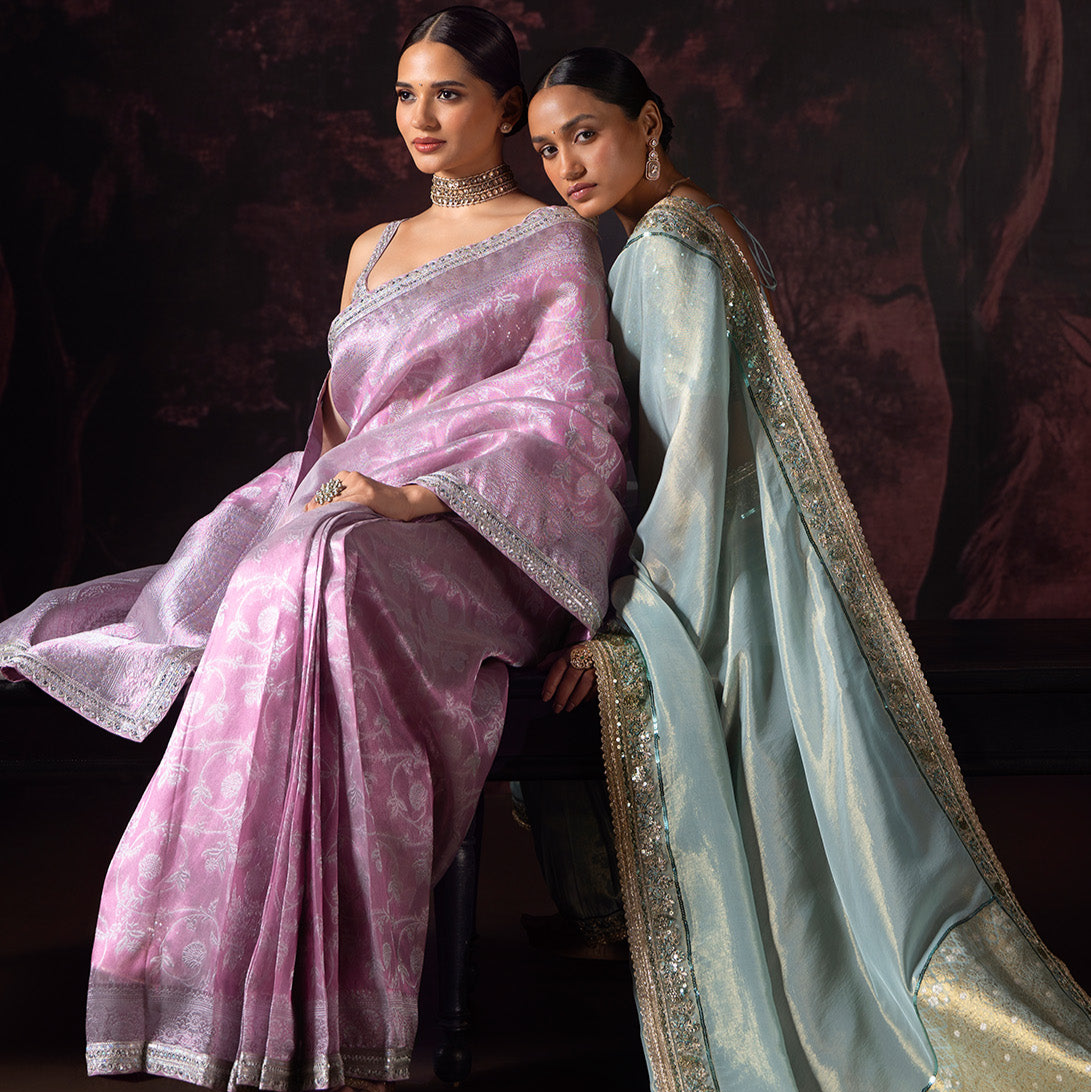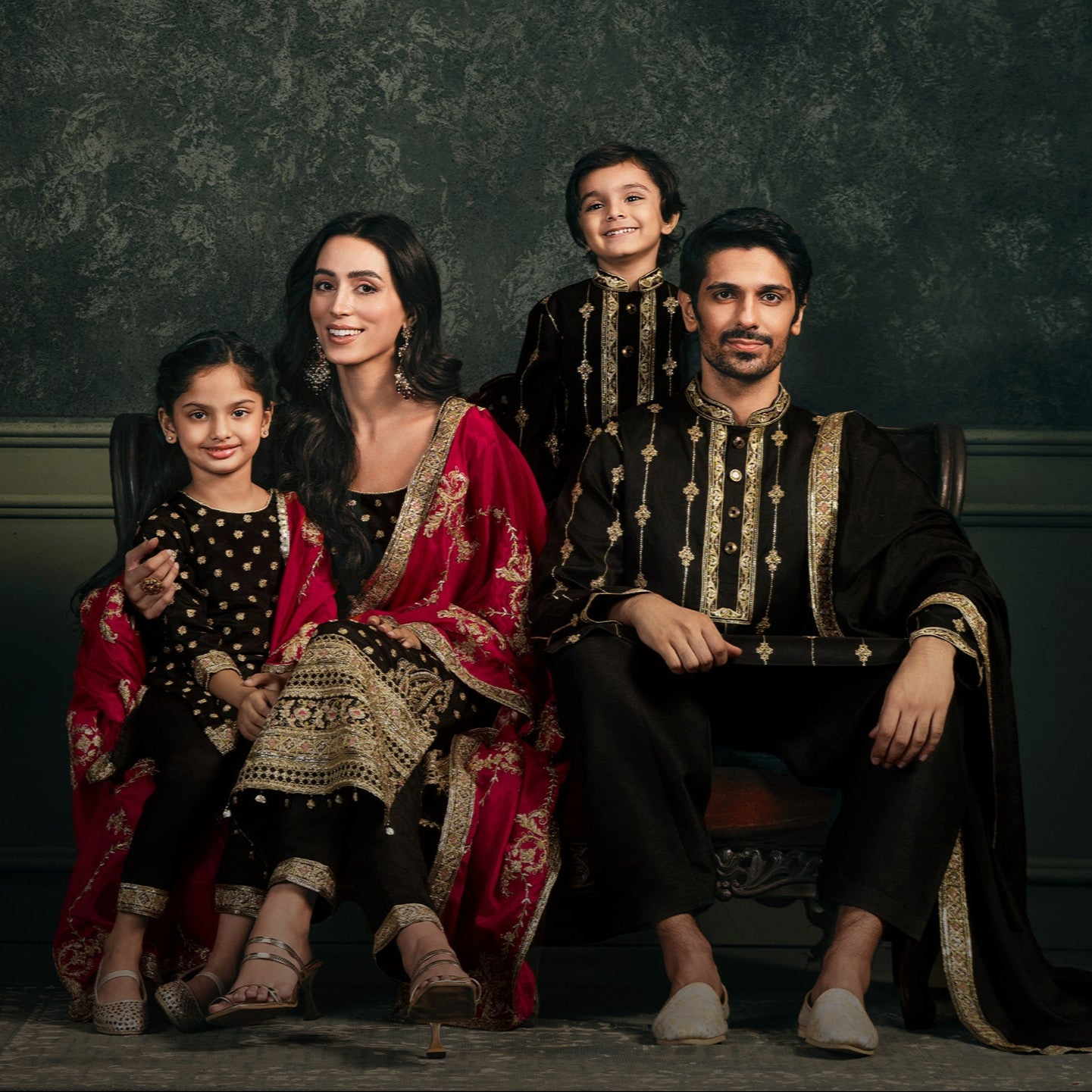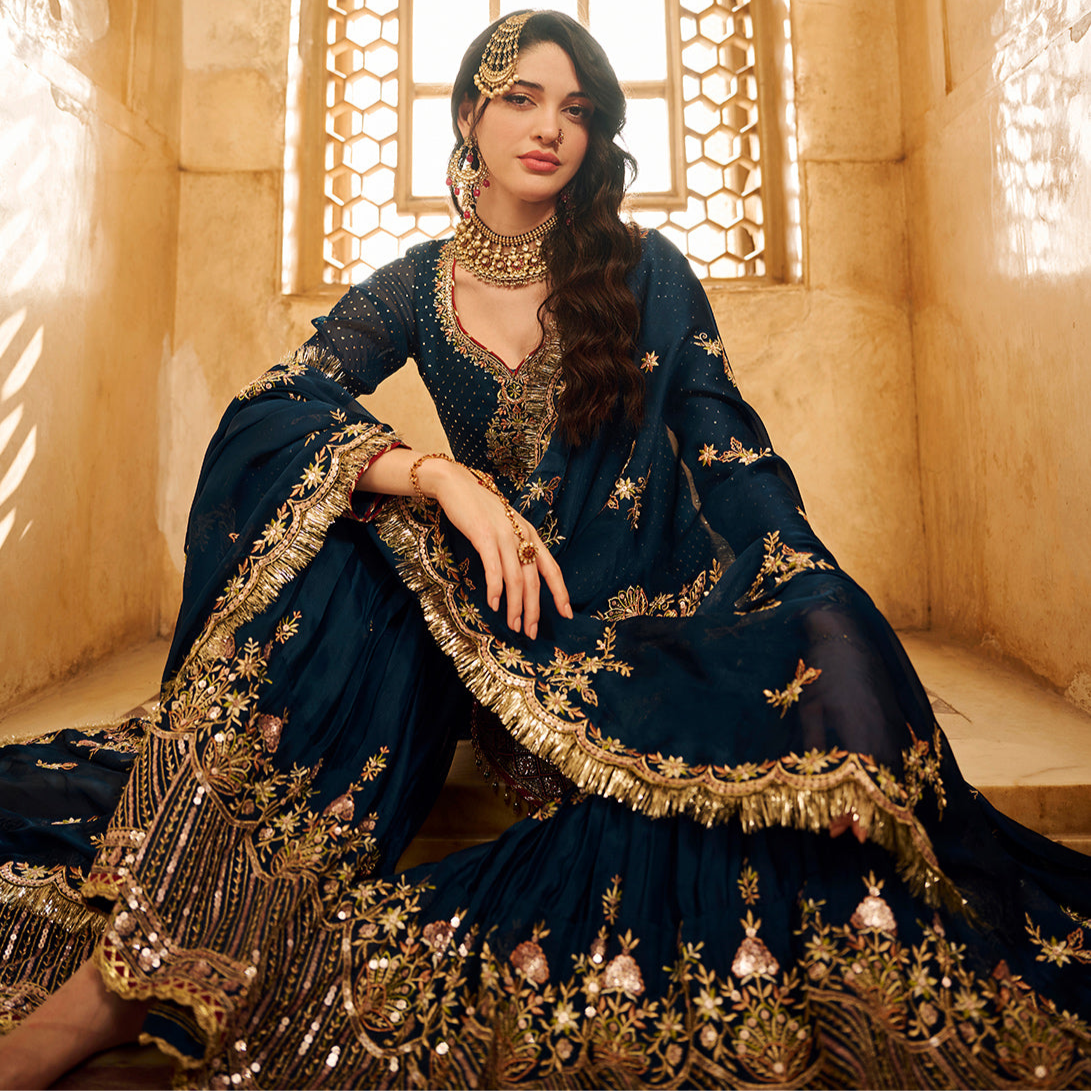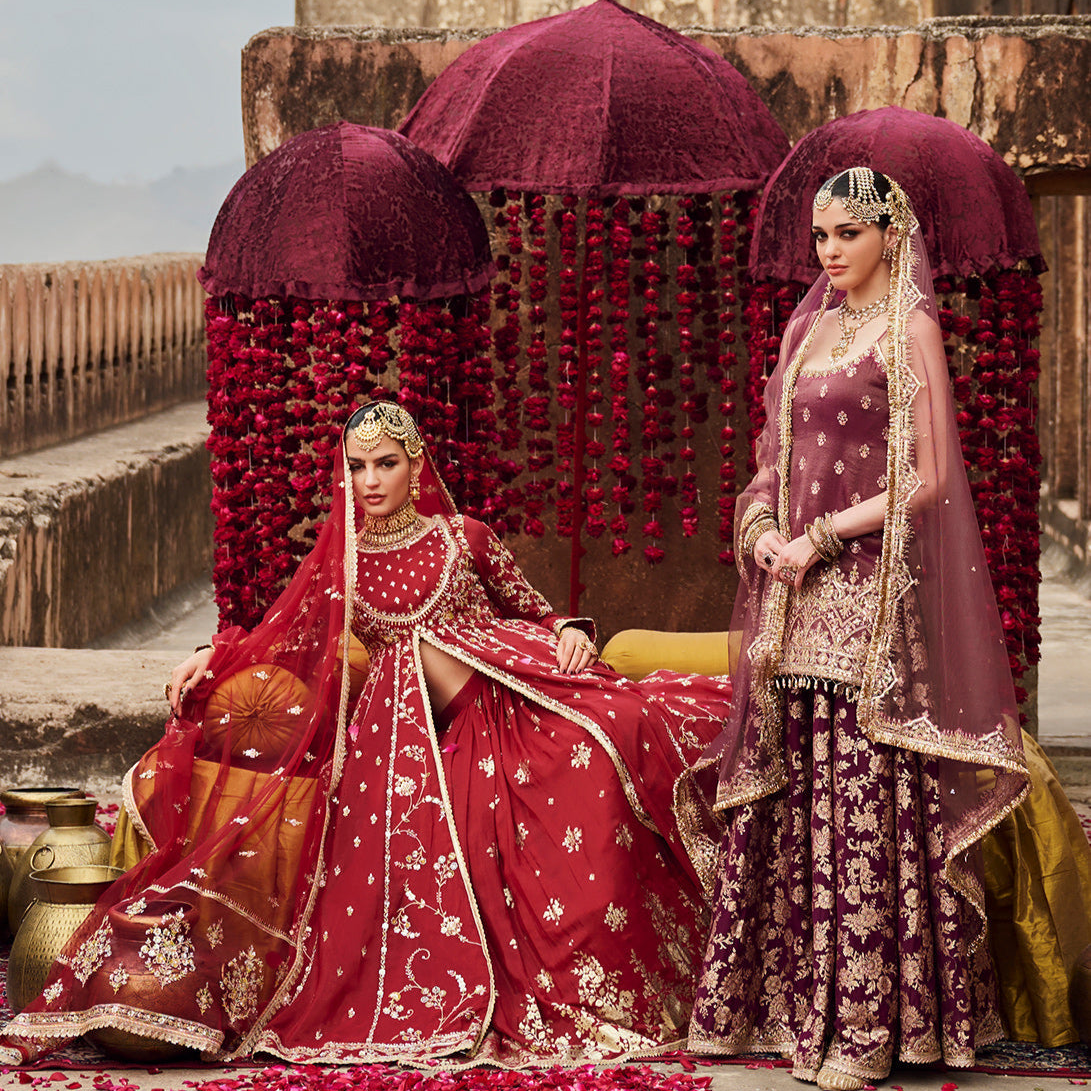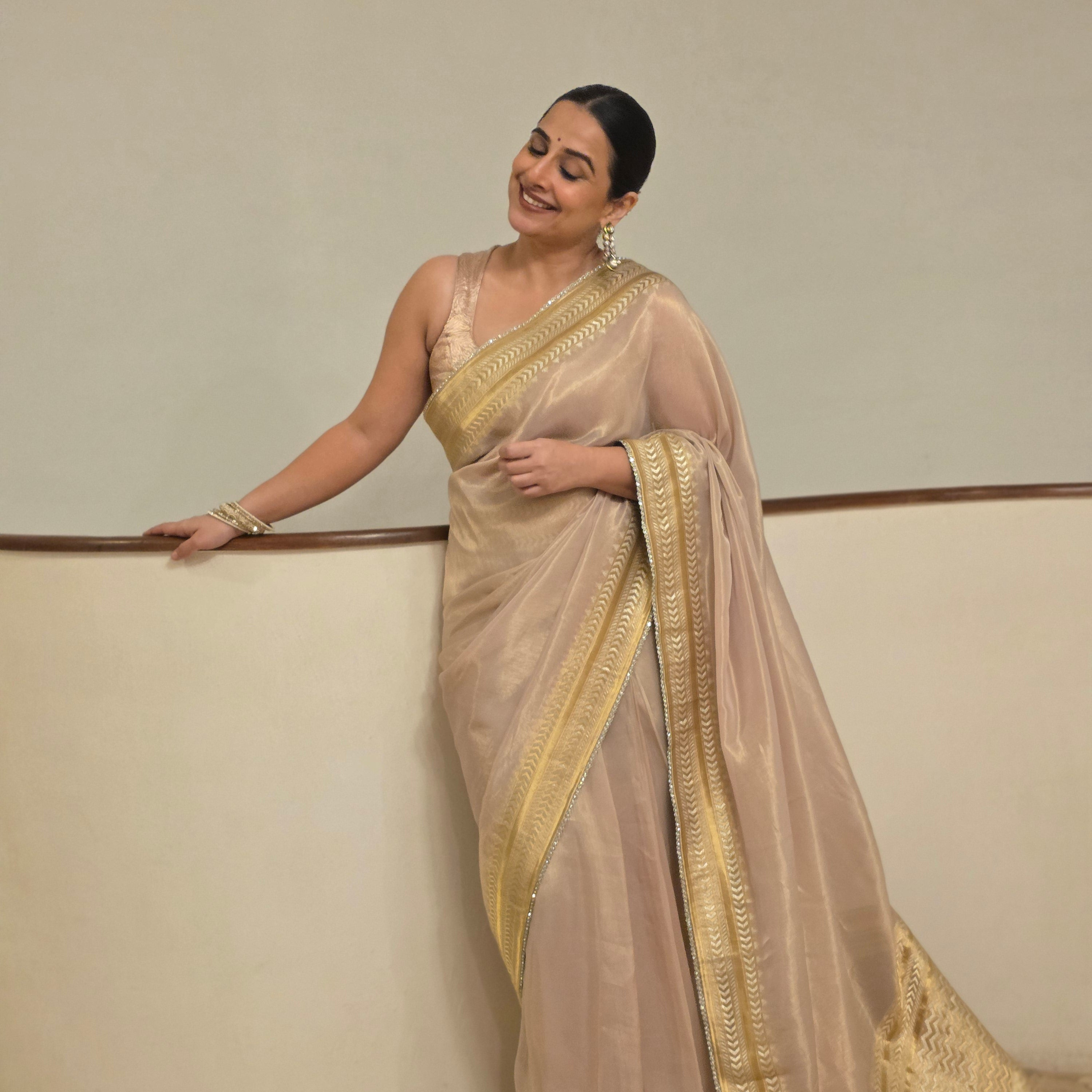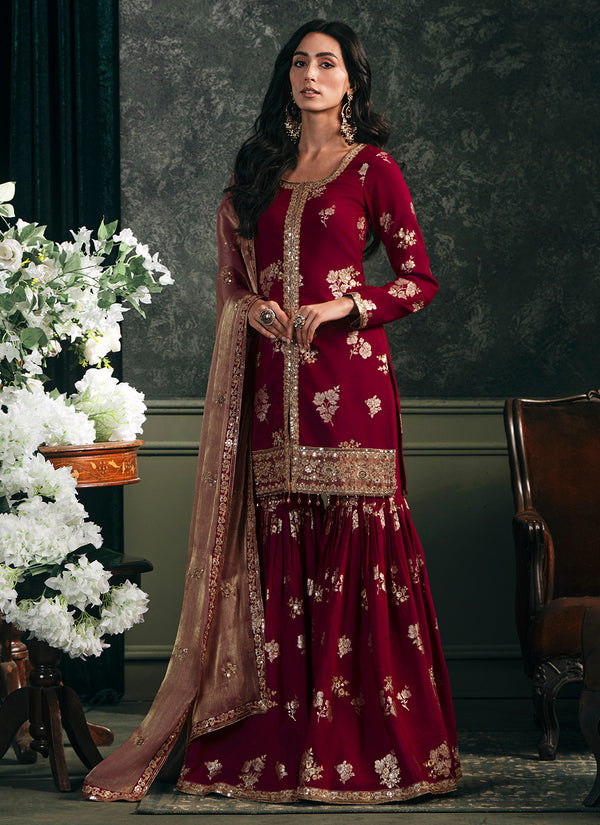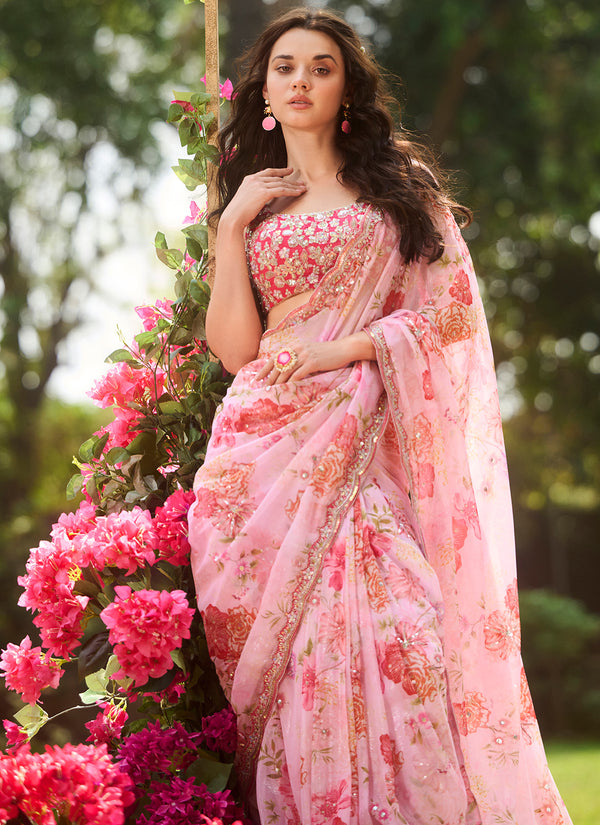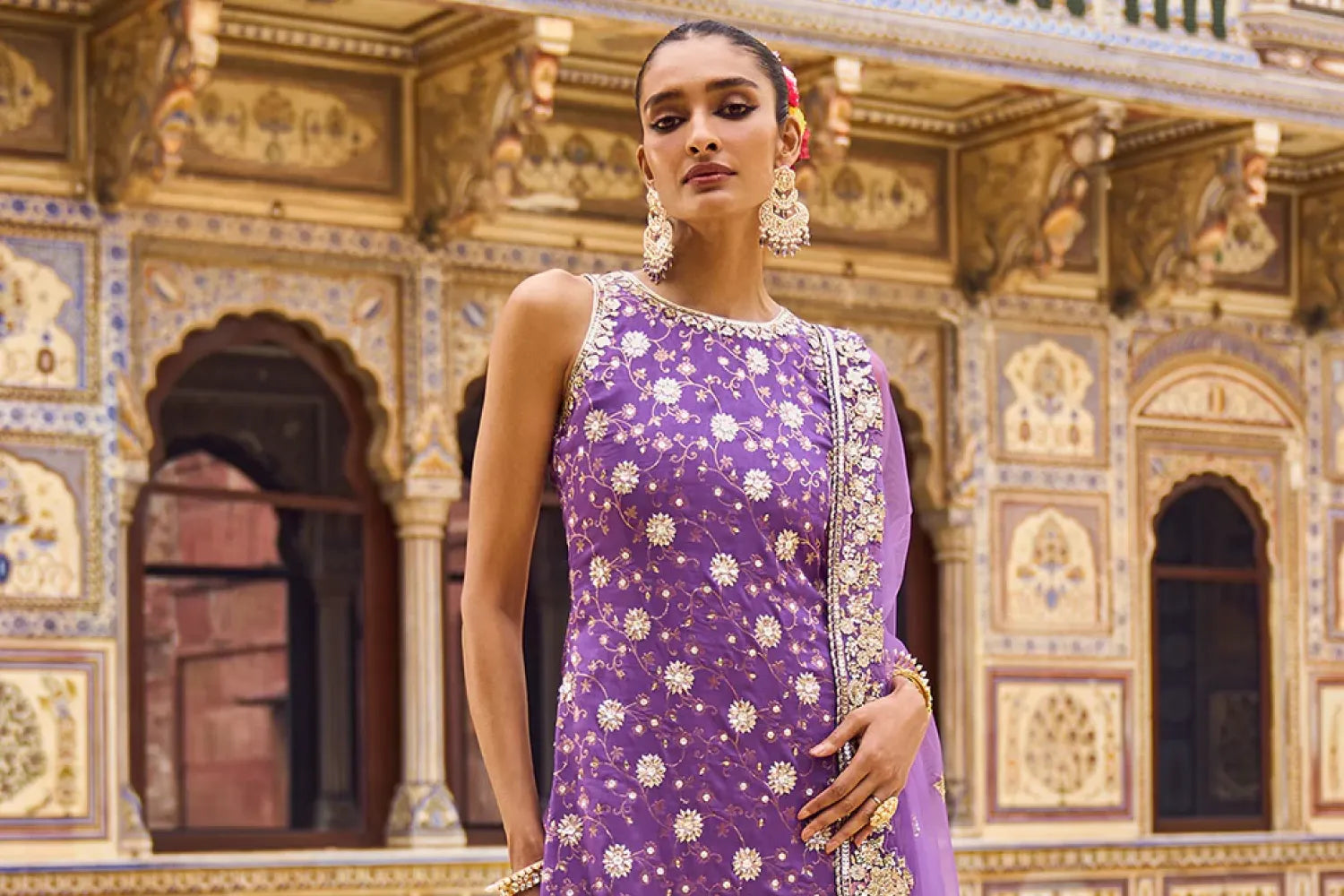
What Is Pongal Festival? 2026 Dates, History & New Styles to Wear
The harvest festival of the southern Indian state of Tamil Nadu and some other parts of India, Pongal is a popular harvest festival celebrated typically in mid-January, marking the beginning of the Tamil calendar year. The festival is dedicated to the Sun God, Surya, and is a time for expressing gratitude for the harvest.
When Is Pongal Festival in 2026?
In 2026, Pongal falls on January 14th. Celebrated over four days, this festival also marks the beginning of the Tamil month called Thai, which is considered an auspicious month. Pongal is also the name of the dish made and eaten during this festival, a mixture of boiled sweet rice. It is derived from the Tamil word pongu, which means “to boil over”. Each day of this four-day festival has its own significance.
Day 1 - Bhogi Pongal: The first day of the festival is dedicated to the ritual of discarding old and unused items, symbolizing a new beginning. People clean and decorate their homes, and a bonfire is lit using the discarded items. It’s a symbolic act of renewal, cleansing one’s surroundings and spirit for a prosperous year ahead.
Day 2 – Thai Pongal: The second day, Thai Pongal, is the main day of the festival. On this day, families prepare the traditional Pongal dish using the newly harvested rice and offer it to the Sun God as an expression of gratitude. The ritual is usually performed outdoors, facing east, where the Sun rises. The overflowing of the pot during the cooking process is considered a sign of good fortune for the coming year.
Day 3 – Mattu Pongal: This day is dedicated to cattle, particularly cows and bulls, who are essential to agriculture. Farmers bathe and decorate their cattle with colorful beads, bells, and garlands, applying turmeric and vermillion to their horns. The animals are honored for their contribution to plowing fields and sustaining livelihoods, reinforcing the festival’s agrarian roots.
Day 4 – Kaanum Pongal: The final day is one of joy and togetherness. involves family outings and social gatherings. Families visit each other, exchange gifts, and share festive meals. Many communities also hold social gatherings and traditional performances. In some regions, people worship the Sun once again, praying for continued prosperity and unity within families and communities.

Where Is Pongal Celebrated?
While Pongal is primarily celebrated in Tamil Nadu, its warmth and joy extend across southern India and beyond. The spirit of thanksgiving resonates strongly in neighboring states such as Andhra Pradesh, Telangana, and Karnataka, where similar harvest festivals are celebrated around the same time.
In Tamil Nadu, every home and street transforms during Pongal. Houses are adorned with kolams (rangoli) made from rice flour, symbolizing auspiciousness and hospitality. People wear traditional attire, decorate their homes with sugarcane stalks and banana leaves, and prepare festive feasts that bring families and communities together.
The celebration is deeply rooted in agricultural life, making it one of the most heartfelt expressions of gratitude toward nature, livestock, and the divine forces that sustain life. Beyond India, Tamil communities around the world in Sri Lanka, Malaysia, Singapore, and even the UK and US celebrate Pongal with equal enthusiasm, keeping cultural traditions alive across generations.
Why Do We Celebrate Pongal
The historical and cultural roots of the Pongal Festival can be traced back to ancient Tamil society and agrarian practices. The festival has its origins in Dravidian culture and is associated with the farming community’s reverence for nature and the elements. It is also considered the ‘Dravidian Harvest festival’. But some historians claim that this festival dates back at least 2,000 years old and was celebrated as Thai Niradal, a month-long festival observed by young unmarried girls who prayed for agricultural prosperity and abundant rainfall. They would refrain from certain indulgences, bathe early in the morning, and practice discipline all to ensure nature’s blessings upon their land and people.
Over time, Pongal evolved into a four-day communal festival that celebrates the bond between humans, animals, and nature. It continues to embody the same spirit of reverence for the natural world, but in a more inclusive and joyous form.
Mythological Significance
According to Hindu mythology, Pongal is associated with a legend involving Lord Shiva and his bull, Nandi. The story goes that Shiva once sent Nandi to Earth to deliver a message instructing humans to eat once a month and bathe daily.
Nandi, however, mixed up the message and told people to eat daily and take an oil bath once a month. Pleased with the unintended blessing of abundance, Shiva declared the day a festival to celebrate prosperity, giving rise to the tradition of Pongal.
Symbolism of the Sun
Pongal also marks the end of winter and the beginning of the Sun’s northward journey (Uttarayan). This movement is symbolic of growth, positivity, and renewal, qualities that reflect the essence of life itself. By offering the first harvest of the season to the Sun God, people express gratitude for warmth, light, and the energy that sustains agriculture and life on Earth.
What To Wear To The Festival
Traditional attire holds great cultural and emotional value during Pongal celebrations. The festival marks a time of gratitude, abundance, and new beginnings, and this spirit is reflected in the way people dress. Wearing new clothes is believed to invite prosperity and good fortune, while the colors and fabrics chosen often symbolize purity, joy, and festivity.
For Women
Women typically opt for sarees, anarkalis, or salwar suits made from breathable fabrics like cotton or silk, as these are both elegant and comfortable for extended periods of celebration. Sarees in lighter hues such as ivory, mint, or pastel shades evoke serenity and freshness, while brighter tones bring a sense of festivity and energy. Embroidered details and luxurious textures add a touch of grandeur, making the outfit perfect for family gatherings and traditional rituals alike.
Some Lashkaraa picks for Pongal include the Light Green Embellished Velvet Anarkali, a graceful blend of tradition and sophistication that embodies festive charm. The Soft Mint Embellished Chinon Saree is perfect for those who love fluid silhouettes and subtle shimmer, while the Mint Multicolor Floral Embroidered Saree captures the vibrancy of the harvest season through its colorful floral work. For those who prefer a refined and timeless look, the Ivory Multicolor Floral Embroidered Saree radiates purity and elegance, ideal for daytime festivities.
For Men
Men's traditional Indian attire for the occasion ranges from a simple dhoti-kurta, preferably in silk or cotton, to a pancha and kurta, a similar style to the dhoti and kurta. Men can embrace traditional elegance with styles like the Lavender Hand Embroidered Velvet Sherwani, which combines heritage craftsmanship with a regal finish, an ideal choice for festive gatherings or formal family events.
For Children

Children also wear traditional Indian outfits similar to those worn by adults. This can include miniaturized versions of sarees, salwar kameez, dhoti-kurta, or pancha-kurta. Festive ethnic wear, such as the Boys' Off-White Floral Nehru Jacket Set or the Girls' Peach Silk Straight Suit, both reflecting the essence of tradition while keeping comfort at the forefront.
It’s important to note that specific clothing choices may vary based on regional customs and personal preferences. Vibrant and colorful attire is generally favored during Pongal to reflect the festive spirit of the celebration. Additionally, wearing new clothes is considered auspicious during this time.
Overall, Pongal fashion is about celebrating cultural pride, comfort, and color. Whether you choose subtle pastels or rich jewel tones, the goal is to embrace the season’s warmth and positivity through clothing that reflects both heritage and personal style.
FAQs About Pongal Festival
1. What is the meaning of Pongal?
The word Pongal means “to boil over,” symbolizing abundance and prosperity. It also refers to the sweet rice dish made during the festival and offered to the Sun God.
2. How many days is Pongal celebrated?
Pongal is celebrated over four days - Bhogi Pongal, Thai Pongal, Mattu Pongal, and Kaanum Pongal, each representing a distinct aspect of gratitude and renewal.
3. What food is eaten during Pongal?
The main dish is Ven Pongal or Sakkarai Pongal, made with freshly harvested rice, milk, lentils, and jaggery. Other traditional foods include sugarcane, coconut, and various regional delicacies shared among families and neighbors.
4. Is Pongal the same as Makar Sankranti?
Pongal and Makar Sankranti occur around the same time and share similar themes of harvest and gratitude. However, Pongal is unique to Tamil culture and has its own customs, legends, and rituals spanning four days.
5. How do people decorate their homes for Pongal?
Homes are decorated with kolams (rangoli made of rice flour), fresh flowers, and sugarcane stalks. Entranceways are often adorned with turmeric plants and banana leaves to symbolize prosperity and purity.
6. What should I wear to Pongal?
People usually wear traditional attire - women in sarees or salwar suits made of silk or cotton, and men in dhotis or kurtas. Bright, vibrant colors are preferred to reflect the festive and auspicious spirit of the occasion.
Honoring the Harvest, Family, and Community
Pongal is a reminder of humanity’s deep connection with nature, gratitude for abundance, and the joy of shared celebration. It’s a time when families come together to give thanks for the harvest, honor their roots, and celebrate life’s simple blessings.
From the rhythmic sounds of traditional music to the sweet aroma of freshly cooked Pongal, the festival embodies warmth, gratitude, and togetherness. Whether celebrated in a small village or a bustling city, Pongal continues to unite communities in a shared spirit of hope, renewal, and prosperity.
Explore Lashkaraa’s festive collection of traditional outfits inspired by India’s rich cultural celebrations, where every style, color, and fabric tells a story of tradition, joy, and grace.

